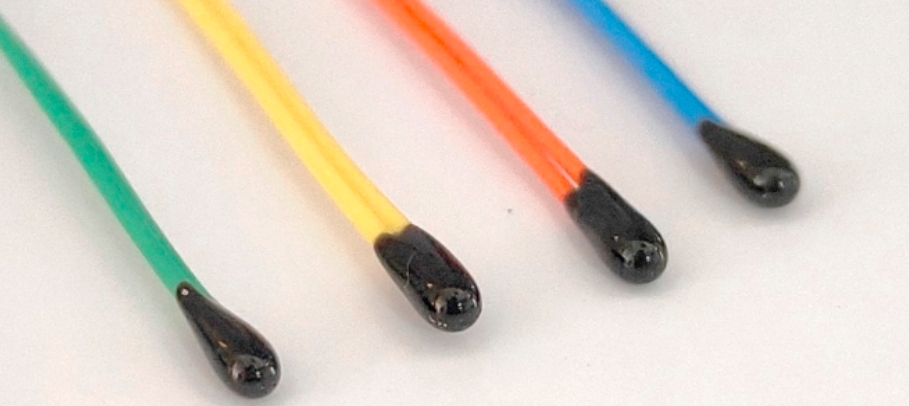In modern households, various household appliances have become an indispensable part of our lives. Behind the efficient and stable operation of these appliances, temperature sensor play a crucial role. They precisely control the internal temperature of appliances, providing us with a comfortable, convenient and safe living experience.

Refrigerators, as important appliances for food storage, require precise control of internal temperature to ensure food preservation. Temperature sensors play a core role in refrigerators, constantly monitoring the temperature in the refrigerator’s cooling and freezing compartments.
Temperature Sensor in Refrigerators
When the internal temperature of the refrigerator changes due to frequent door openings, the introduction of hot food, etc., the temperature sensor quickly detects the temperature fluctuation and sends a signal to the refrigerator’s control system. The control system then instructs the compressor to start or stop based on the received signal, thereby adjusting the cooling capacity to keep the internal temperature within the set range.
For example, the cooling compartment is typically set at 2 – 8℃, and the temperature sensor ensures that this area remains stable, preventing food from spoiling due to excessive heat or freezing due to low temperatures.
Air conditioners are key devices for regulating indoor temperature, and temperature sensors in them achieve dual monitoring of indoor and outdoor temperatures. The indoor temperature sensor constantly senses the indoor environment temperature.
Temperature Sensor in Air Conditioners
When the room temperature reaches the set temperature, it sends a signal to the air conditioner’s control board, which then instructs the compressor to reduce power or stop running to avoid excessive cooling or heating, achieving energy-saving purposes.
At the same time, the outdoor temperature sensor enables the air conditioner to adjust its operation mode based on the outdoor environment temperature. For instance, in cold winters, it helps the air conditioner perform defrosting operations, ensuring the normal operation of the outdoor unit and maintaining the indoor heating effect. Through precise temperature sensing and regulation, it creates a comfortable indoor environment like spring all year round for users.
The temperature sensor in an electric water heater is mainly used to monitor the water temperature in the water tank. It can provide real-time water temperature information to the water heater’s control circuit. When the water temperature reaches the upper limit of the set heating temperature, the control circuit cuts off the power supply to the heating element to prevent overheating and potential safety hazards or energy waste.
Temperature Sensor in Electric Water Heaters
During the insulation process, the temperature sensor continuously monitors the water temperature. Once the water temperature drops below the lower limit of the set insulation temperature, the control circuit restarts the heating element to maintain the water temperature within a suitable range, allowing users to enjoy comfortable hot water at any time.
Additionally, it can work in conjunction with safety devices such as leakage protection. When the water temperature abnormally rises, it may indicate a heating system failure. At this time, in combination with other protection mechanisms, the power supply can be cut off promptly to ensure user safety.
The temperature sensor in a microwave oven can accurately measure the temperature changes of food during the heating process. When using a microwave oven to heat food, different types of food require different heating temperatures and times.
Temperature Sensor in Microwave Ovens
The temperature sensor can sense the food’s temperature and feed the information back to the microwave oven’s microcomputer control system. The control system then adjusts the microwave output power and heating time accordingly to avoid over-heating or under-heating the food.
For example, when heating meat, the sensor ensures that the internal temperature of the meat reaches the appropriate cooking temperature, killing bacteria while maintaining tenderness. This not only improves heating efficiency but also ensures the taste and nutritional content of the food.
Temperature sensor play a key role in various household appliances. Through precise temperature monitoring and feedback, they ensure the efficient operation of appliances, energy conservation and consumption reduction, and enhance the safety and user experience of appliances.

The Role of Temperature Sensor in Household Appliances
- Related recommendations: Temperature Sensor in Household Appliances
- keyword: 【Temperature Sensor】
-
full name*
-
phone
-
email*
-
Company Name (optional)
If you have any other information or questions you would like to know, please feel free to leave us a message (optional)
catalogue














